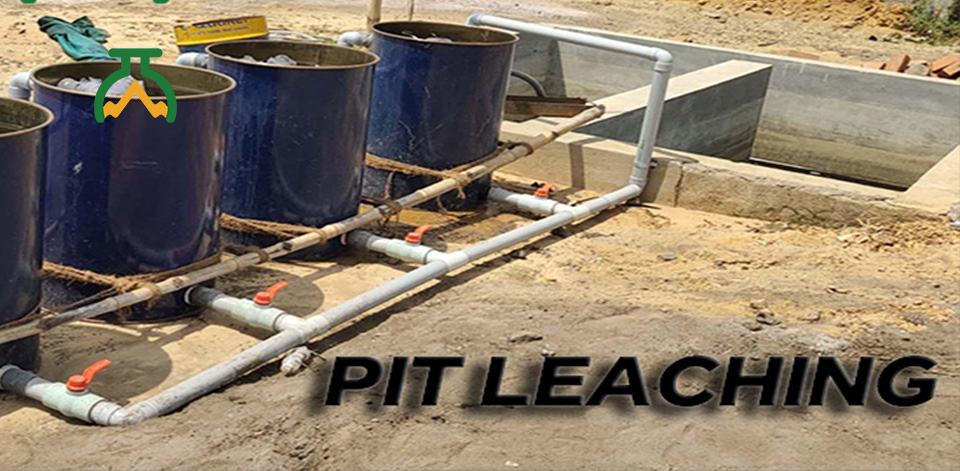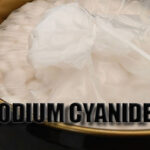
Global miners, today we’re diving into our experience with a vat leaching plant in India. This project, initially a pilot, was a crucial step for us. We were 98% confident in the leaching potential of the material from prior experiments, yet we started small, at 100 tons per cycle, to be cautious.

Our leach vat design played a fundamental role. It was a closed – loop system, which, in an ideal scenario, allows for the recycling of the barren solution. However, during this project, we encountered a setback. The high levels of arsenic and copper in the ore led to the barren solution exceeding harmful element standards and consuming more leaching chemical agents. As a result, the solution couldn’t be recycled and had to be replaced each time.
Despite these challenges, the project has now expanded. When it comes to the ore slag in the leach pit, after the water drains, it dries up and can be removed manually or with an excavator. Adding bleaching powder to the slag ensures it meets discharge standards.
This project showcases that while the vat leaching process may seem straightforward, the devil is in the details. That’s why our technicians are there to guide every step of the way for our customers. If you’re considering a vat leaching plant, we’re here to share our expertise and help you avoid potential pitfalls.
Whatsapp:+8613319277356
Email: chemicals@oremagnetic.com




